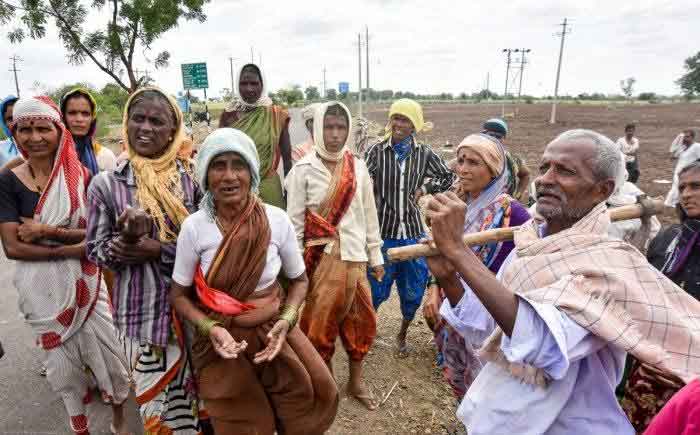
India is the world’s largest democracy and there is no denying the fact that India occupies an important place in the world economy. India is one of the world’s fastest growing economies and this is no mean distinction. But the question that remains unanswered is, ‘What is India’s development status?’ Is it that, which gets portrayed in the India shining campaign or something else. The answer to this is not simple and no single yardstick can measure it. The reason for this is that India embodies within it many different India’s. Broadly, India can be classified into two categories. On the one hand we have ‘Digital India’, which creates the popular illusion of shining India. This India is mainly confined to urban clusters, which seem to be developing at breakneck speed, especially in terms of physical infrastructure. We see flyovers being constructed, residential buildings coming up, universities and colleges being opened. On the other hand, we have that, which can be rightly called real India. It is to this real India that most of Indian population belongs. This India paints a picture of destitution. Here mostly people are engaged either in low productivity agriculture or in lowly paid informal sector jobs. The basic needs like housing, electricity, sanitation, proper nutrition, health and education are either absent or inadequate.
Therefore, the idea of development of India means development of this real India. This India is truly representative of the Indian context. And the real India is no myth, existence of a vast population subsisting without basic needs is supported by a plethora of government data. Despite seventy years of independence and decades of planning, India still ranks low in Human Development Index. According to a report released by the United Nations Development Programme (UNDP), among 189 countries in 2020, India ranked 131 on Human Development Index. Human Development Index is the measure of a nation’s health, education, and standard of living. As far as food consumption is concerned some rough estimates indicate that one-fifth of the country’s population is not getting adequate food. The Global Hunger Index (GHI) 2020 report has placed India on 94th position among 107 countries. GHI is based on four indicators: (i) the proportion of undernourished in a population; (ii) the proportion of children under the age of five suffering from wasting (less weight in proportion to their height); (iii) the proportion of children under five suffering from stunting (low height in proportion to their age); (iv) the mortality rate of children under five. Going by the latest data from the National Sample Survey Office(NSSO) only 71.3% of rural households have toilets. This belies the claim of Open Defecation Free India. The report, ‘Drinking Water, Sanitation, Hygiene and Housing Conditions in India’, indicated that only 58.2% households in rural areas and 80.7% households in urban areas had access to clean drinking water facilities within household premises. Even if we consider basic durable goods like refrigerators, electric fans, bicycles etc. a considerable population still lacks it. About 76% of rural households reside in pucca houses (solid and permanent dwellings); and about 72.4% households in rural areas have access to some kind of garbage disposal system.
These vast majority of Indians, who everyday struggle to get these basic necessities are the pillars of Indian democracy – we need to raise their standard of living. So for India, development means to ensure that the entire population should be living in pucca houses with access to clean drinking water, regular supply of electricity, good quality of basic education, proper waste disposal system, adequate and nutritious food. Only when these conditions are met, we can truly say that India is on the road to development.
To achieve these milestones, we already have many government schemes working towards these goals, but the results are slow and far-fetched. At times even well intentioned and well perceived projects like Swachh Bharat Abhiyan, Pradhan Mantri Awas Yojana are unable to attain these results. Many times, certain customs and practices are so thoroughly embedded in the cultural fabric of the society that it is very difficult to break them. This has especially been seen in case of use of toilets in the rural areas.
Thus, the India which we witness everyday on the traffic signals, footpaths and almost every other space in the urban areas, but we conveniently choose to ignore; and scores like them living in rural hamlets whom we never get to see, represent the real India. It’s this India we need to uplift. In words of the author, Peter F. Drucker, “The ultimate resource in economic development is people. It is people, not capital or raw material that develop an economy”. So when India invests for development, it is the people who represent real India that it needs to invest in. Therefore, let the shining India brigade take its lesser brother the real India by hand and initiate a growth where all India’s develop together. Until this happens, the vision of seeing India as a leading country of the world will remain a distant dream.
Livneet Shergill, Ph.D. in Economics. Works as an Independent Researcher, who chooses to be a free agent, for better or for worse.
IF YOU LIKED THE ARTICLE SUPPORT PEOPLE’S JOURNALISM











































